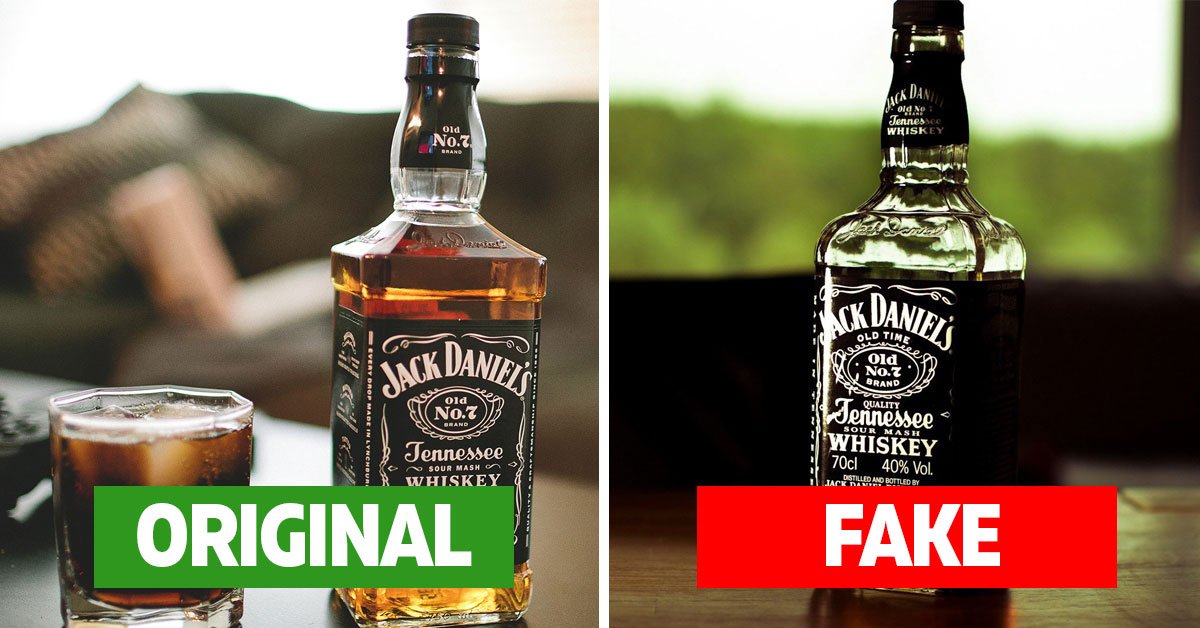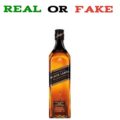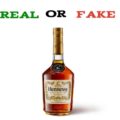Jack Daniel’s is a brand of Tennessee whiskey and the top-selling American whiskey in the world. It is produced in Lynchburg, Tennessee, by the Jack Daniel Distillery, which has been owned by the Brown–Forman Corporation since 1956. Jack Daniel’s home county of Moore is a dry county, so the product is not available for purchase at stores or restaurants within the county.
The genuine product meets the regulatory criteria for classification as a straight bourbon, though the company disavows this classification. It markets the liquor simply as Tennessee whiskey rather than as Tennessee bourbon. As defined in the North American Free Trade Agreement, Tennessee whiskey is classified as a straight bourbon authorized to be produced in the state of Tennessee. Tennessee law (57-2-106) further requires most producers of Tennessee whiskey to filter the spirit through charcoal made from maple prior to aging, in addition to meeting the above requirements (the “Lincoln County Process”).
The Menace of Fake Jack Daniels
According to Redpoints, alcohol counterfeiting is becoming very pervasive, fueled by the sudden explosion of e-commerce sites over the past decade or so. Counterfeiters have taken note of the profits to be had by taking real drinks bottles and filling them with either their cheaply-made, dangerous swill, or with lower-quality alcohol and passing them off as authentic products to unsuspecting consumers. E-commerce provides the perfect channels for this enterprise, not only as a source of customers but also for the acquisition of the packaging itself.
It is estimated that a third of all alcohol production worldwide is illicit, and that number rises to a half in places such as Africa and China. Drinking fake alcohol is very risky to our health and could have dangerous consequences. Fake or illegally produced alcohol can lead to anything from nausea to blindness, and even death. That’s because we have no way of knowing for certain how it’s made and what is in it.
Fake or illegally produced alcohol is alcohol that is produced in unlicensed distilleries or people’s homes and intended for sale. Properly produced and certified alcoholic drinks will be made using ethanol, whereas production of fake alcohol is more likely to use cheaper versions of alcohol, and contain potentially even more dangerous chemicals.
How to Identify Fake Jack Daniels vs Real
A huge part of the problem is that the substances the fake liquors are made from can be difficult to identify as dangerous. For example, alcoholic drinks are made with ethanol, which when made under modern regulations, creates a safe-to-drink product. However, fake alcohol is very often made in illegal and unregulated factories, with chemicals like methanol or ethylene glycol, which are usually difficult to differentiate from ethanol drinks by taste alone, and are significantly more dangerous.
Fake Jack Daniels often smells like nail varnish and often tastes horrible. It can also contain sediment, pure Jack Daniels should always be clear.
The Health officials list the following guidelines to identify counterfeit alcohol:
- A particularly low price
- The label is missing the manufacturer’s address or name
- No manufacturing date or batch number is on the bottle
- When several bottles of the same brand in a store have an uneven level of liquid. This is an indication of manual filling.
- When the label has a spelling error or is glued unevenly
- When the cork seems to have been previously opened
There have been numerous outbreaks of methanol poisoning from adulterated counterfeit or informally-produced spirit drinks in recent years, according to the World Health Organization. Countries affected include Cambodia, Czech Republic, Ecuador, Estonia, India, Indonesia, Kenya, Libya, Nicaragua, Norway, Pakistan, Turkey and Uganda. The size of these outbreaks has ranged from 20 to more than 800 victims, with case fatality rates of 30 percent in some instances.
Important Information
This information on Fake Jack Daniels is provided as part of our harm reduction efforts. It’s important to note that alcoholism is a real disease. It can cause changes to the brain and neurochemistry, so a person with an alcohol addiction may not be able to control their actions.
Alcohol addiction can show itself in a variety of ways. The severity of the disease, how often someone drinks, and the alcohol they consume varies from person to person. Some people drink heavily all day, while others binge drink and then stay sober for a while. Regardless of how the addiction looks, someone typically has an alcohol addiction if they heavily rely on drinking and can’t stay sober for an extended period of time.
Many people addicted to alcohol also turn to 12-step programs like Alcoholics Anonymous (AA). There are also other support groups that don’t follow the 12-step model, such as SMART Recovery and Sober Recovery.
Regardless of the type of support system, it’s helpful to get involved in at least one when getting sober. Sober communities can help someone struggling with alcohol addiction deal with the challenges of sobriety in day-to-day life. Sober communities can also share relatable experiences and offer new, healthy friendships. And these communities make the person with an alcohol addiction accountable and provide a place to turn to if there is a relapse. READ: How Long To Abstain From Alcohol To Repair Liver?







